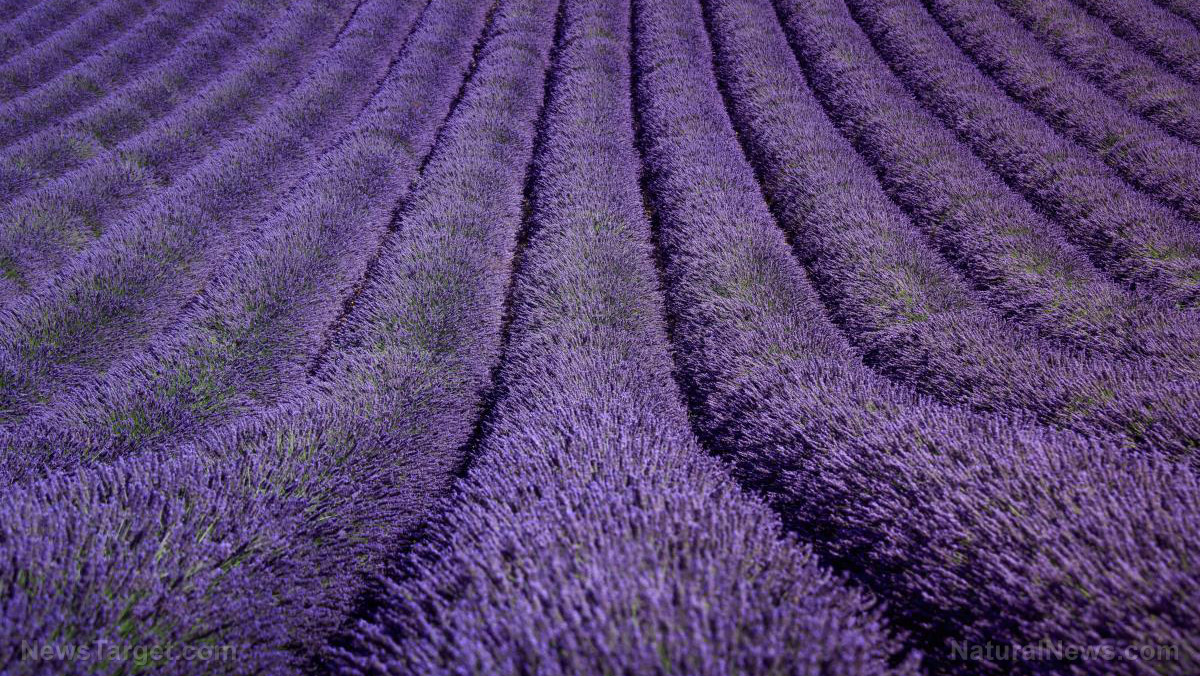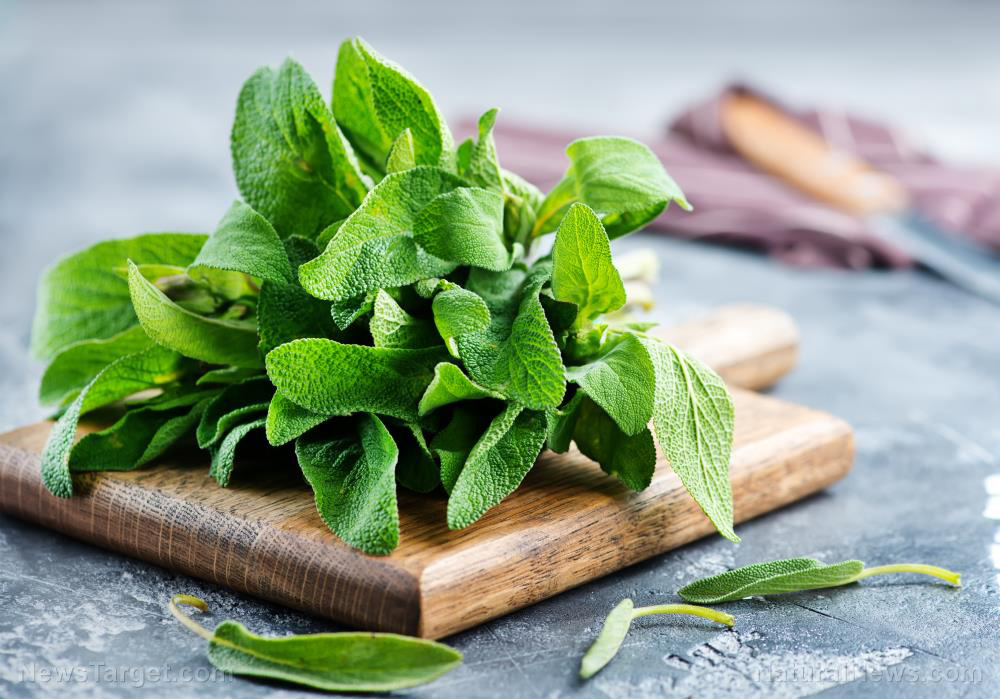
Advertisement
When it comes to uplifting your mood and lulling the body and mind into a healthy state of relaxation, nothing compares to lavender.
A flowering plant in the mint family, lavender is easily identified by its sweet, floral scent, as well as its pretty flowers.
Lavender is believed to be native to the Mediterranean region as well as to the Middle East and India, where it was revered as a holy herb, mainly due to its healing properties, as well as its ability to induce relaxation in people.
The herb was also widely used in Ancient Egypt, where it was used as a perfume in their cleansing and purifying rituals. Fun fact: Did you know that when they first opened King Tut’s tomb in 1923, it released a faint scent of lavender even after 3,000 years?
Lavender’s properties are mainly due to the presence of natural compounds called terpenes in the plant’s blossoms and leaves. These chemicals have natural calming and soothing effects on the brain, making them valuable for aromatherapeutic purposes.
Aside from being used in aromatherapy and perfumery, lavender is also used in cooking: the buds are often steeped in hot water to make a calming infusion, while the sprigs are often added to bottles of vinegar to give the condiment a floral flavor.
Lavender buds are also widely used in patisserie, with the buds often preserved in sugar which would then be used to give a bright, floral aroma to cakes and other pastries.
To get the most out of this lovely herb, however, lavender must first be dried — a process that you can do in the comfort of your own home.
Why should lavender be dried?
Lavender, as mentioned earlier, owes its wonderful scent and its healing and relaxing properties to the presence of terpenes in its blossoms and leaves.
But terpenes are volatile which means that the plant parts they are in must be processed — in this case, dried — in order to lock them and their benefits in.
You have to keep in mind, however, that drying — whatever method you choose to use — starts with harvesting the flowers.
According to experts, lavender must be cut only when the blooms are open at the base of the floral spike or when roughly three-quarters of the flowers are open on each stem.
Waiting to cut lavender at this stage ensures that you will be working with lavender flowers that are at their prime when it comes to color and fragrance.
Also, lavender flowers must only be cut in the morning after the dew has dried. This is because any residual dampness from dew can cause mold to grow and ruin the flowers you are drying.
How can I dry lavender?
Lavender can be dried and prepared using different methods, all of which are meant to remove the moisture from the plant parts while preserving their nutrients and natural aromas.
One popular method is air-drying. For this method, you must first gather the stems you are working with into manageable bundles with the flower heads lined up.
Working per bunch, slip a rubber band just beneath the flower heads and another one at the base of the stems.
Afterward, you can hang bundles upside down to dry in a dark, warm spot. Protect the drying lavender from direct sunlight in order to help them retain the best color.
Place a sheet beneath the bundles to catch any buds or blooms that might fall. You should have dried lavender bunches in about seven to 10 days, although this depends on the humidity of the environment they are in.
If you want to speed things up as well as save space in your home, you can also choose to dry your lavender blooms in an oven. This method, as noted by experts, will yield dried lavender faster, with the final product ready for use within hours.
For this method, you have to spread the lavender evenly over a baking sheet in a single layer, in order to ensure even drying. You should also keep the oven door slightly open during the entire process, as doing so will allow the moisture to dissipate much faster.
Set your oven at its lowest temperature, which is usually between 40-50 C or 105-120 F. Remember to flip the sprigs throughout the process in order to speed things up and to allow even drying. Take the sprigs out of the oven once they are fully dry to the touch.
How do I store dried lavender?
Once your lavender has fully dried, you can store it in airtight containers away from bright sunlight and moisture.
Exposure to sunlight, for instance, can cause the lavender’s color and fragrance to fade, while moisture can cause mold to grow and destroy the dried blooms.
Lavender has been used throughout history as a way to deliver relief from stress and anxiety. Use the dried buds in your bath or try steeping them in a cup of hot water to make a relaxing herbal tea.
Sources:
Advertisements







